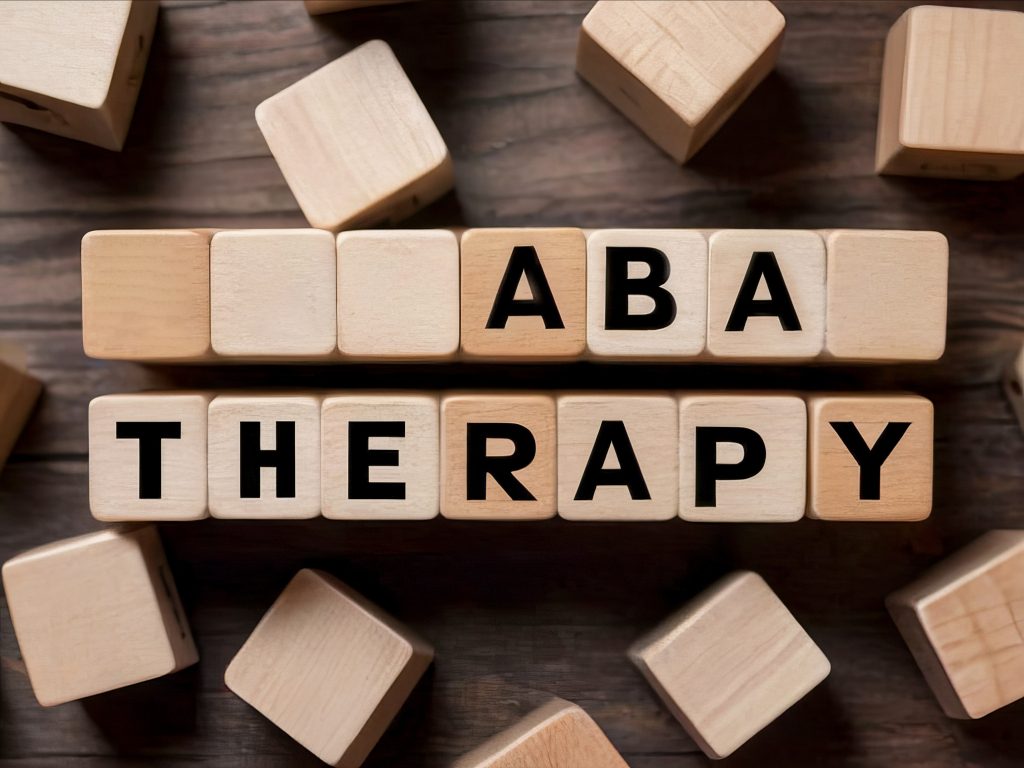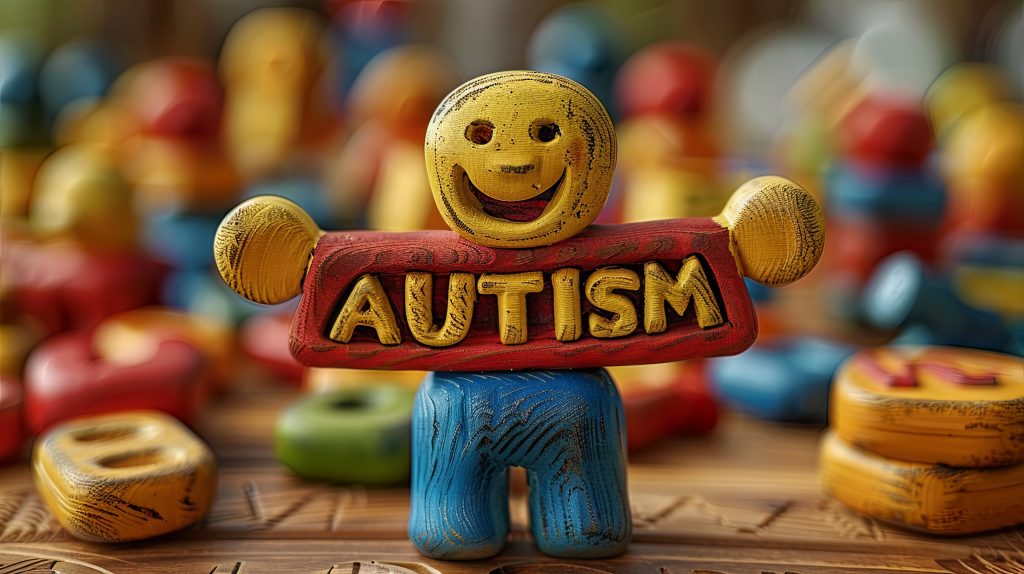Applied Behavior Analysis therapy is a well-known treatment for children with autism spectrum disorder (ASD). This treatment addresses maladaptive behaviors and develop essential life skills in autistic children.

If you’re considering ABA therapy services for your child, you may be wondering how long this treatment lasts. ABA therapy duration really depends on each child’s specific needs, their treatment objectives, and how intense the therapy plan is.
What Factors Determine ABA Therapy Duration?
The length of an ABA therapy program is influenced by several factors, such as the child’s specific behaviors, the skills they need to acquire, and their progress over time. In general, long ABA therapy programs can last for years, primarily when early intervention is provided. Comprehensive ABA therapy services, which are typically more intensive, may require 20 to 40 ABA therapy hours per week. This level of intensity helps children make significant strides in skill acquisition, behavior modification, and social skills development.
ABA therapy sessions usually occur multiple times a week and focus on targeted behaviors identified by a board-certified behavior analyst (BCBA). The BCBA works alongside behavior technicians to implement the therapy, monitor progress, and adjust the treatment plan as needed. Progress tracking is essential to ABA therapy work, ensuring the program is effective, and goals are met.
What Does a Typical ABA Therapy Program Look Like?
Every ABA therapy plan is tailored to meet the individual needs of the child. A board-certified behavior analyst designs the program based on an initial assessment, which identifies the child’s strengths, challenges, and target behaviors. ABA professionals provide therapy in a variety of settings, including ABA centers, homes, and schools. For some, therapy may occur in the natural environment to promote the generalization of skills into everyday life.
Ultimately, ABA therapy helps children reach their full potential. Some children may achieve this in a shorter period, while others may need long-term support. Intensive treatment is often recommended for children with more challenging behaviors or those who need significant help with social or communication skills. These programs typically involve intensive treatment for 25 to 40 hours a week, helping children overcome obstacles and meet new goals.

How Do ABA Therapy Sessions Progress Over Time?
It’s best to start ABA therapy as early as possible. Early intervention has been shown to lead to the best outcomes, as young children’s brains are more malleable, allowing for faster skill acquisition and behavior change. As children progress through their ABA therapy program, they’ll move from mastering basic life skills to more advanced functional skills that help them navigate different educational environments and everyday life.
Data is consistently collected during ABA therapy sessions to monitor the child’s progress and adjust the treatment intensity as needed. Behavioral analysis, reinforcement, and repetition are critical components of this process. ABA professionals use positive reinforcement to encourage desired behaviors, while challenging behaviors are addressed through behavior therapy techniques. Regular progress evaluations help ensure that the child is on track to meet their individualized treatment goals.
Is There a Specific Timeline for ABA Therapy?
The duration of therapy commonly varies for each child. For some, ABA therapy may be a short-term intervention, while for others, it may be a long-term process spanning several years. The treatment outcomes depend largely on the child’s progress, the consistency of therapy sessions, and the involvement of caregivers. The ultimate goal is for the child to achieve functional independence in communication, social skills, and other areas of life.
ABA therapy doesn’t necessarily have a fixed end date. Instead, the board-certified behavior analyst and the rest of the ABA team will decide when the child has met their treatment goals and can maintain their skills with less intensive support. In many cases, children transition to maintenance programs that focus on reinforcing the skills they’ve learned and generalizing them across different settings. This allows them to thrive in their natural environments, such as home, school, and community.
How Insurance and Other Factors Affect ABA Therapy Duration
Insurance companies have a big impact on how long and how intense ABA therapy services are. Many insurance providers cover ABA therapy, but the coverage varies in terms of treatment duration and the number of therapy hours approved. Families should work closely with their insurance providers and ABA centers to ensure they have access to the necessary resources to support their child’s treatment plan.
In some cases, ABA therapy may be supplemented by other forms of autism treatment, such as speech therapy, occupational therapy, or special education services. These interventions can further enhance the child’s progress in areas like communication skills, socialization, and functional life skills.
Conclusion
ABA therapy may be shortened or extended depending on several factors, including the child’s individual needs, the intensity of the therapy, and the goals outlined in the treatment plan. While some children may benefit from extended ABA therapy programs spanning years, others may see success in a shorter period with intensive ABA services. Ultimately, the goal is to help children with autism spectrum disorder build the skills they need to live a full life with confidence and independence. By working closely with ABA professionals and adjusting the therapy plan as needed, families can ensure the best possible outcomes for their children.
















Add Your Comment